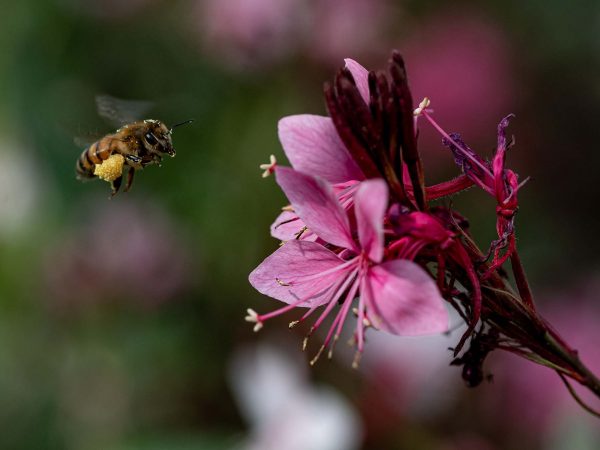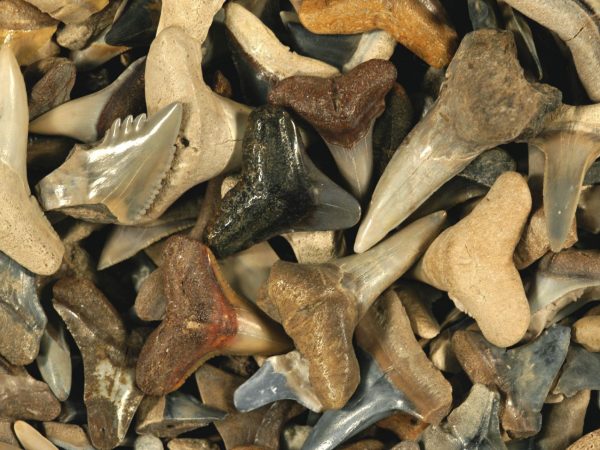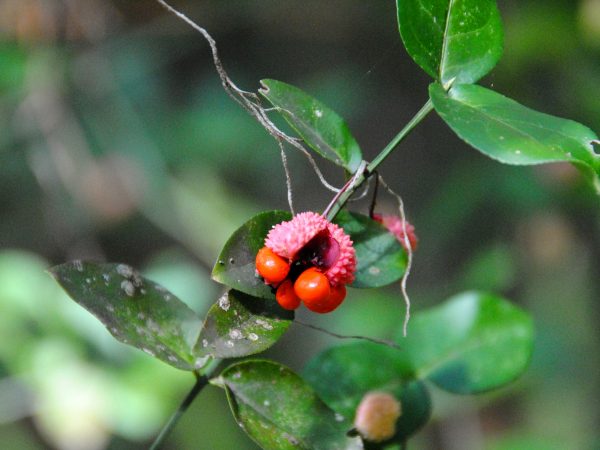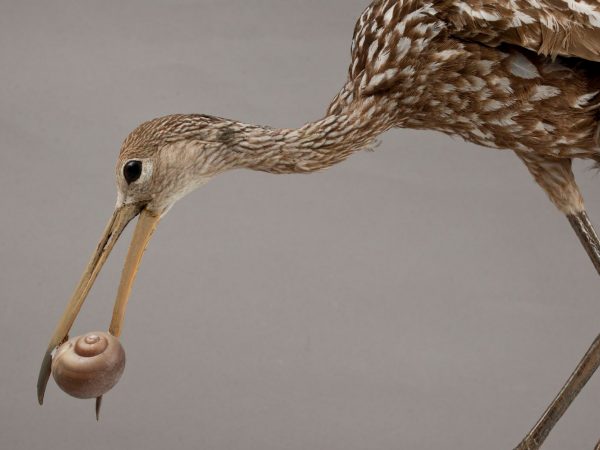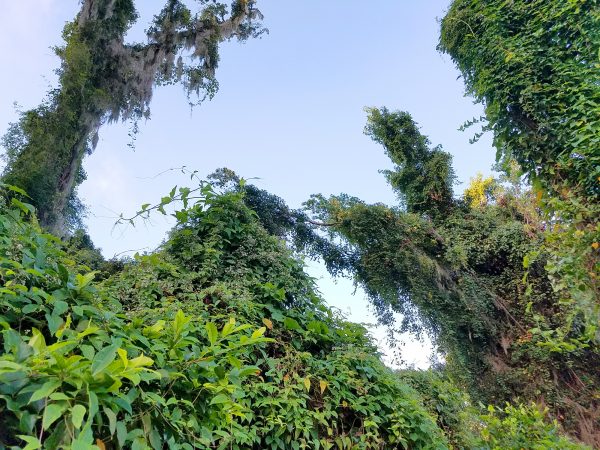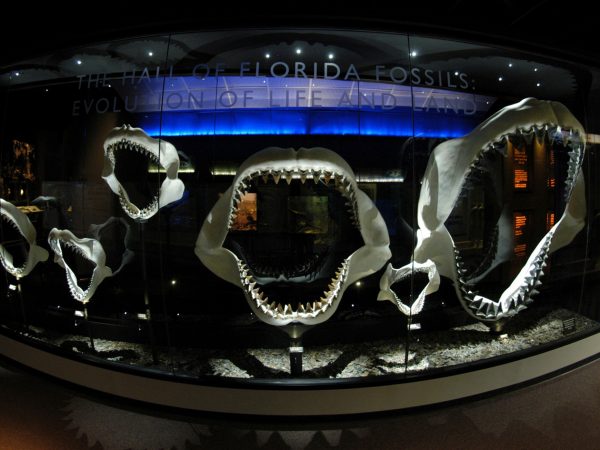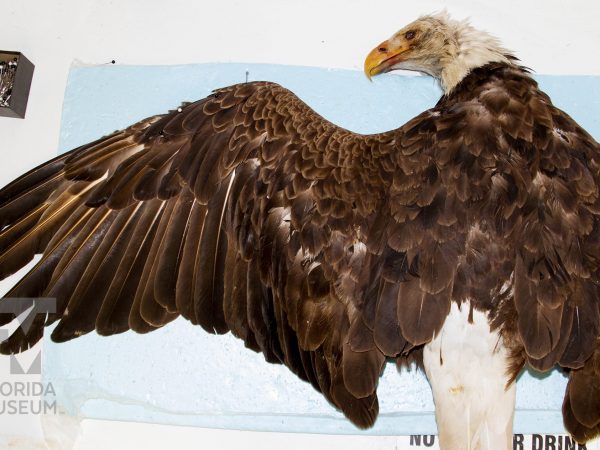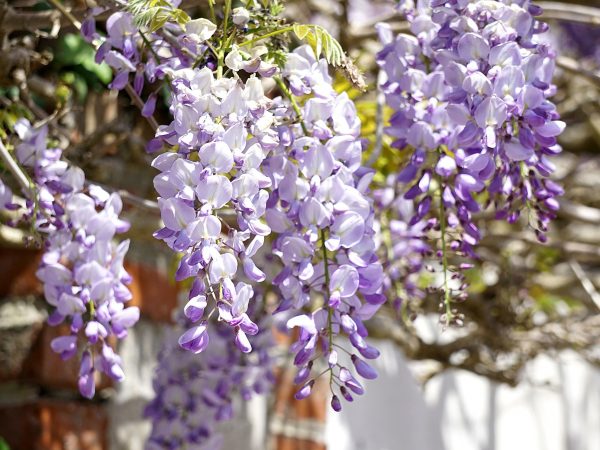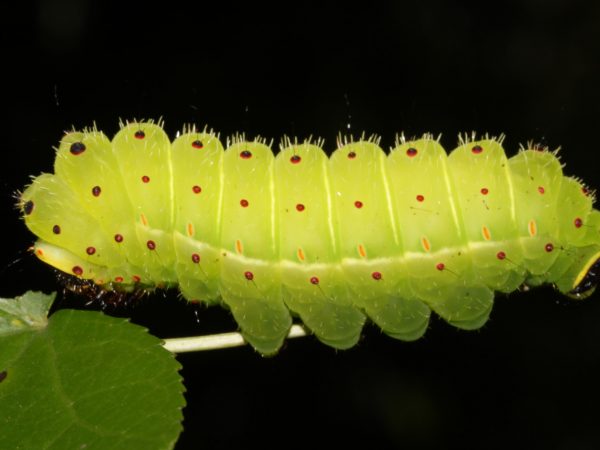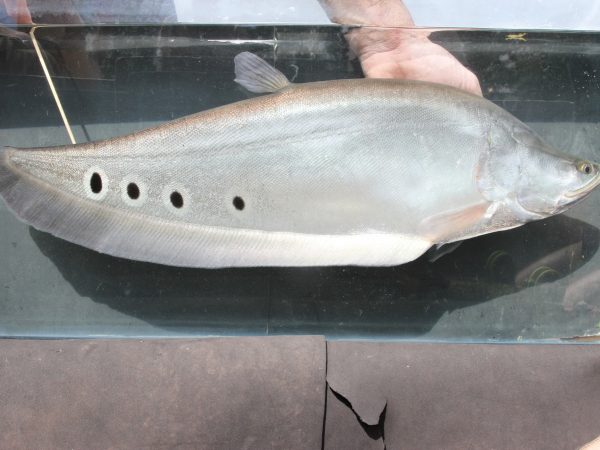Five Facts: Bees in Florida
While we often think of bees as fuzzy, black and yellow-striped buzzy insects that live in hives like the honey…
Read More
Are shark teeth fossils true fossils?
We get questions like this a lot. This question came by tweet. We turned to Richard Hulbert, Florida Museum’s vertebrate…
Read More
Five Facts: Hearts-a-bustin’ in Florida
Euonymus americanus is called hearts-a-bustin’, bursting-heart or strawberry bush. 1: It’s a Florida native shrub that’s made for the…
Read More
Five Facts: Limpkins in Florida
Limpkins, Aramus guarauna, are medium-sized wading birds with long legs and long, slightly curved beaks. Their bodies are covered in…
Read More
Five Facts: Skunkvine in Florida
Skunkvine, Paederia foetida, is an aggressive, twining vine in the coffee family, or Rubiaceae. Plants produce multiple stems up to 35 feet…
Read More
Five Facts: Megalodon
Carcharocles megalodon, often just called megalodon, was the largest shark to ever live in our oceans. But what do we…
Read More
#MuseumLife, Bald Eagle Specimen
Bald eagle Scientific name: Haliaeetus leucocephalus Specimen: UF-O-52443 Although bald eagles were on the brink of extinction due to habitat loss…
Read More
Five Facts: Wisteria in Florida
Wisteria has become somewhat iconic in lush gardens in the Southeastern United States. In the spring, it’s easy to locate…
Read More
Luna moth caterpillars vs. brown anoles
Florida Museum researcher Andrei Sourakov recently published a paper in the Journal of Natural History on his observations of the…
Read More
Florida Invasive Species: Clown Knifefish
The clown knifefish, Chitala ornata, is native to Indochina, but has been found in South Florida starting in the 1990s….
Read More
